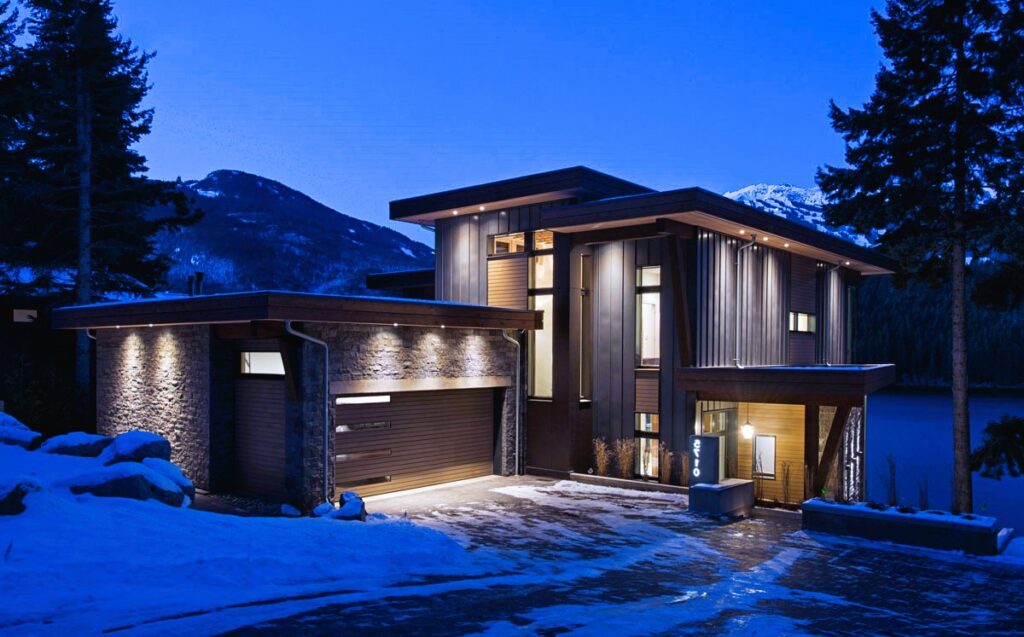Passive House construction, often referred to as Passivhaus in Europe, has gained significant attention and popularity worldwide for its commitment to energy efficiency, sustainability, and occupant comfort. Canada, with its diverse climate and environmental concerns, is no exception to the Passive House movement. In this article, we will provide an overview of Passive House construction in Canada, including its principles, benefits, challenges, and available resources for those interested in adopting this innovative building standard.
Understanding Passive House Principles
Passive House construction is based on several core principles aimed at creating highly energy-efficient and comfortable buildings:
- Superior Insulation: Passive Houses are exceptionally well-insulated, with high-performance insulation materials used in walls, floors, and roofs to minimize heat loss.
- High-Performance Windows and Doors: Triple-glazed windows and airtight doors with thermal breaks are crucial components for minimizing heat transfer and maintaining comfort.
- Airtightness: A key element of Passive House design is the focus on airtight building envelopes to prevent drafts and heat loss.
- Ventilation with Heat Recovery: Passive Houses utilize mechanical ventilation systems with heat recovery to ensure continuous fresh air while capturing and reusing heat from exhaust air.
- Solar Gain: Passive solar heating is optimized by carefully positioning windows to maximize heat gain during the winter months.
- Efficient Heating and Cooling: Passive Houses typically require very little heating or cooling, relying on small, highly efficient systems to maintain comfort.
Benefits of Passive House Construction

Passive House construction offers numerous benefits for homeowners, builders, and the environment:
1. Energy Efficiency
Passive Houses use up to 90% less energy for heating and cooling compared to conventional buildings, resulting in significantly reduced utility bills and a smaller carbon footprint.
2. Superior Comfort
The focus on insulation, airtightness, and controlled ventilation creates a comfortable indoor environment with stable temperatures and consistent air quality.
3. Environmental Sustainability
Passive House construction aligns with sustainability goals by reducing energy consumption and greenhouse gas emissions.
4. Long-Term Savings
While the upfront costs of Passive House construction may be higher, the long-term savings on energy bills and maintenance expenses often outweigh the initial investment. Basement and Attic Construction: Features and Tips.
5. Enhanced Resilience
Passive Houses are designed to maintain comfortable indoor conditions even during power outages or extreme weather events, enhancing resilience.
6. Improved Indoor Air Quality
The mechanical ventilation system in Passive Houses filters incoming air, improving indoor air quality by reducing allergens and pollutants.
Challenges of Passive House Construction in Canada

While Passive House construction offers numerous benefits, it also presents some challenges in the Canadian context:
- Cost: The upfront cost of Passive House construction can be higher than conventional building methods, which may deter some homeowners.
- Expertise: A lack of expertise in Passive House design and construction can be a barrier, but training and certification programs are becoming more available.
- Material Availability: Sourcing high-performance building materials and components can sometimes be challenging in certain regions of Canada.
- Climate Variability: Canada’s diverse climate requires careful consideration of design and construction techniques to adapt Passive House principles effectively.
Resources for Passive House Construction in Canada
For those interested in pursuing Passive House construction in Canada, several resources can provide valuable guidance:
- Wikipedia – Passive House: Wikipedia provides a comprehensive overview of Passive House construction principles and history.
Conclusion
Passive House construction in Canada represents a sustainable and energy-efficient approach to building design and construction. While it presents challenges, the long-term benefits of reduced energy consumption, superior comfort, and environmental sustainability make it an attractive option for homeowners and builders who are committed to a greener, more efficient future. With increasing awareness and resources available, Passive House construction is poised to make a significant impact on Canada’s building industry and the well-being of its inhabitants.
